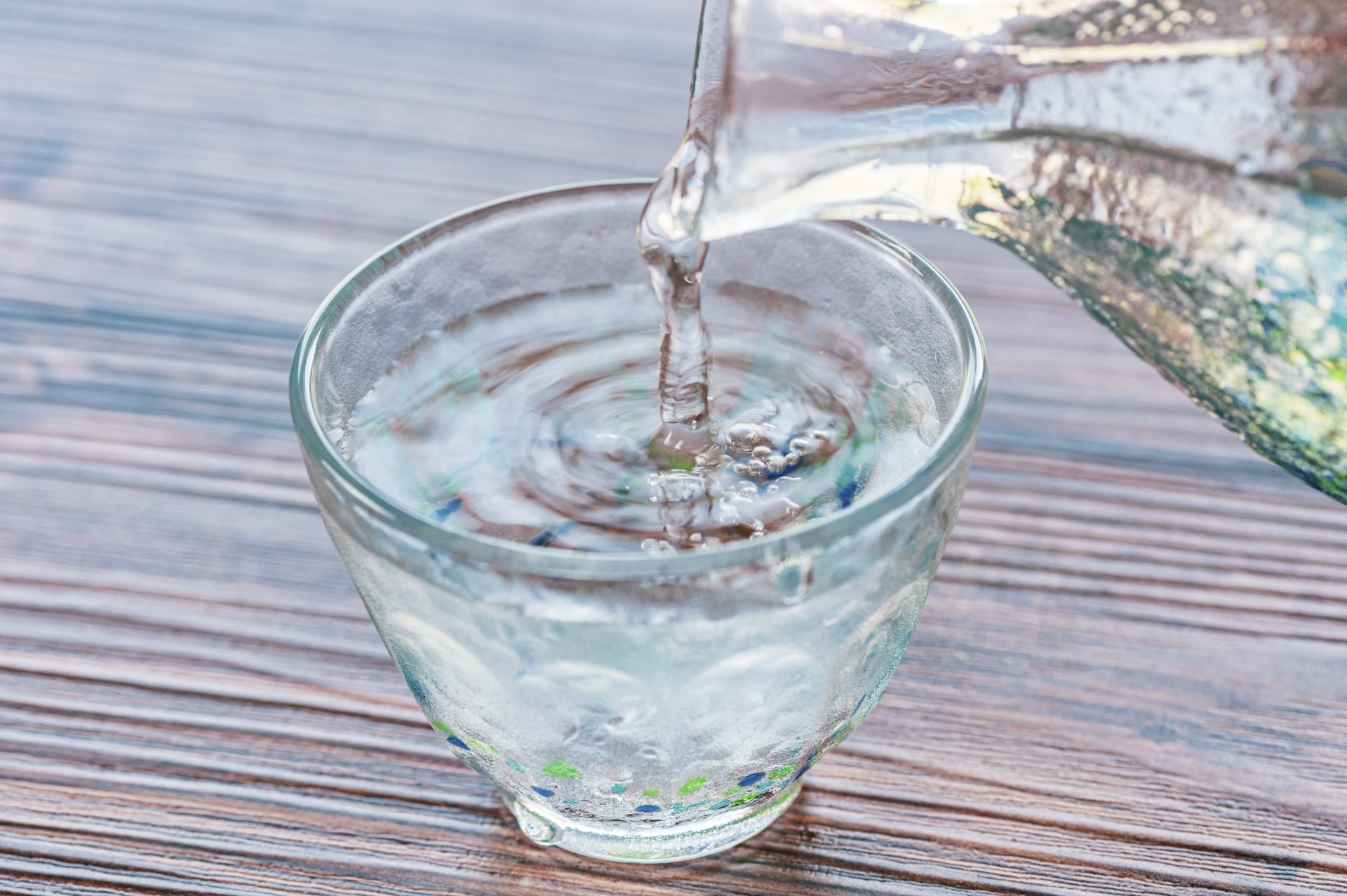How to Drink Sake: A Comprehensive Guide to Japanese Rice Wine Etiquette
Best ways of drinking Japanese Sake

Japanese Sake, as you may already know, is a crucial part of Japanese culture and cuisine. It is enjoyed internationally for its unique taste experience and how it perfectly matches when had with Japanese food.
You may already have tried it. But did you know there are many different ways to enjoy Japanese Sake? Just by changing the way you drink Sake can provide a different drinking experience that may surprise you.
In this article, I will introduce to you some of the different ways of drinking Japanese Sake. If you like tasting new drinks (and if you’re over the allowed age for drinking), then be sure to keep these in mind before visiting Japan. This is a guide to how to drink Sake.
▽This is the perfect Sake guide!▽
Types of Sake
The first important thing you should know is what Sake to choose. Although there are many many different types of Sake that can be categorized in many different ways, most Sake you will encounter when visiting Japan are the “special designated sake” (特別名称酒). The following are the 8 types of Special designated Sake and their general taste.
- Honjozo shu(本醸造酒): It is usually the cheapest of the 8 types and has a clean taste. It is a good choice for those who like drinking daily.
- Junmai shu(純米酒): A Sake labeled with this can have a wide variety of tastes and textures because it doesn’t have many restrictions regarding how it is made compared to the other 7 types.
- Tokubetsu Honjozo shu (特別本醸造酒): This Sake tends to be fruity, but with a little bit of clear taste.
- Tokubetsu Junmai shu (特別純米酒): This sake usually has a taste that is right between Ginjo and Junmai.
- Ginjo shu(吟醸酒): It has a fruity flavor and it is usually pretty light-bodied.
- Junmai Ginjo shu(純米吟醸酒): It is usually fruity flavored with a light body.
- Daiginjo Shu(大吟醸酒): This is usually the most expensive type of Sake. It is usually fruity and light in taste.
- Junmai Daiginjo Shu(純米大吟醸酒): This type of sake is usually very fruity and rich in taste.
If you want a more detailed explanation, check out this following article.
The taste descriptions I gave above are just general references and have many exceptions. things that can affect the taste and texture of these Sake include: whether brewer’s alcohol has been added or not during the brewing process, how much bran was removed from the rice grain before processing, temperature and time of fermentation, and even how you drink it, which takes us to the next part of this article.
Choosing the right temperature
Depending on the region or season you’re visiting, Sake can be enjoyed in different ways. One of these differences is the temperature at which you drink it.
There are some Sake brands that are famous for tasting better when warmed. And there are others that are known for tasting better when being served cold.
In general, there are 10 levels of temperature ranging from 5 degrees Celsius to 55 degrees Celsius. The main three ways are the following.
Reishu (冷酒): This refers to Sake being served anywhere between 5 to 15 degrees Celsius.
Hiya (冷や): This refers to Sake being served at room temperature (around 20 degrees Celsius).
Kanzake (燗酒): This refers to Sake being served anywhere between 30 and 55 degrees Celsius.
Choosing the right cup
Another important aspect of drinking Japanese Sake is the cup you choose when drinking it. The type of cup will depend mostly on the temperature at which you’ll drink the Sake. There are some recipients that are fit for serving hot Sake as well as cups that are better suited for cold Sake.
Glass cup
For Reishu, it is said that glass recipients are the best. This is because cold-served Sake tends to be sharp in taste and glass recipients such as wine glasses will not disturb this sharpness. Glass recipients also match well with cold Sake because of its aesthetics.
Ceramic or Porcelain cup
In the case of Hiya and Kanzake, it is said that either ceramic cups or porcelain cups are better. Ceramic cups are said to soften the texture of the sake, making it easier to drink. And in the case of porcelain cups, it is especially preferred for Kanzake because it transfers the heat better than ceramic cups.
Tin cup
And lastly, there is the all mighty tin cup, which is said to be good for any temperature of Sake. Tin as an element is said to have water purifying properties, making the sake easier to drink. It is also a good warmth conductor, so cold sake will stay cold while hot sake will stay hot.
How to enjoy Sake
Now that you know about the types of sake, the different temperatures, and the types of cups, the only thing left to do is enjoy the Sake drinking experience. There are three points I’d like to share with you when drinking Japanese Sake in order to have an even better experience.
1. Drink it one sip at a time: Japanese Sake is a drink you not only enjoy from its taste, but also from its scent and texture. There is a reason why Sake cups are small, and this is one of the reasons.
2. Use “Yawaragimizu”: Yawaragimizu (和らぎ水) is a cup of water you should order alongside Sake. It’s recommended to have a sip of water in between your sips of sake. This will not only reset your palette for a better drinking experience but also will help prevent you from having a hangover.
3. Enjoy it alongside “Otsumami”: Otsumami (おつまみ) are the snacks or food you eat alongside Japanese Sake. Depending on the Sake type, there are different foods that match that sake. You can ask the restaurant employee what they recommend.
I hope this article was enjoyable for you. If you love Japanese Sake and other types of traditional Japanese drinks and foods, be sure to check the following articles as well!
▽Related Articles▽
▼Editor’s Picks▼
Written by
Born and raised in Costa Rica, I started living in Tokyo from college. I love traveling within Japan & around the world. Since I wasn’t born in Japan, I know the cultural impact that you can get when visiting Japan for the first time and what you might be worried about before your trip. And I’ve lived long enough to somewhat understand the nuances of the Japanese culture that make this country such an attractive place to visit. Hopefully I can provide to you both the information you’re looking for and the information you didn’t know you needed to know.




















